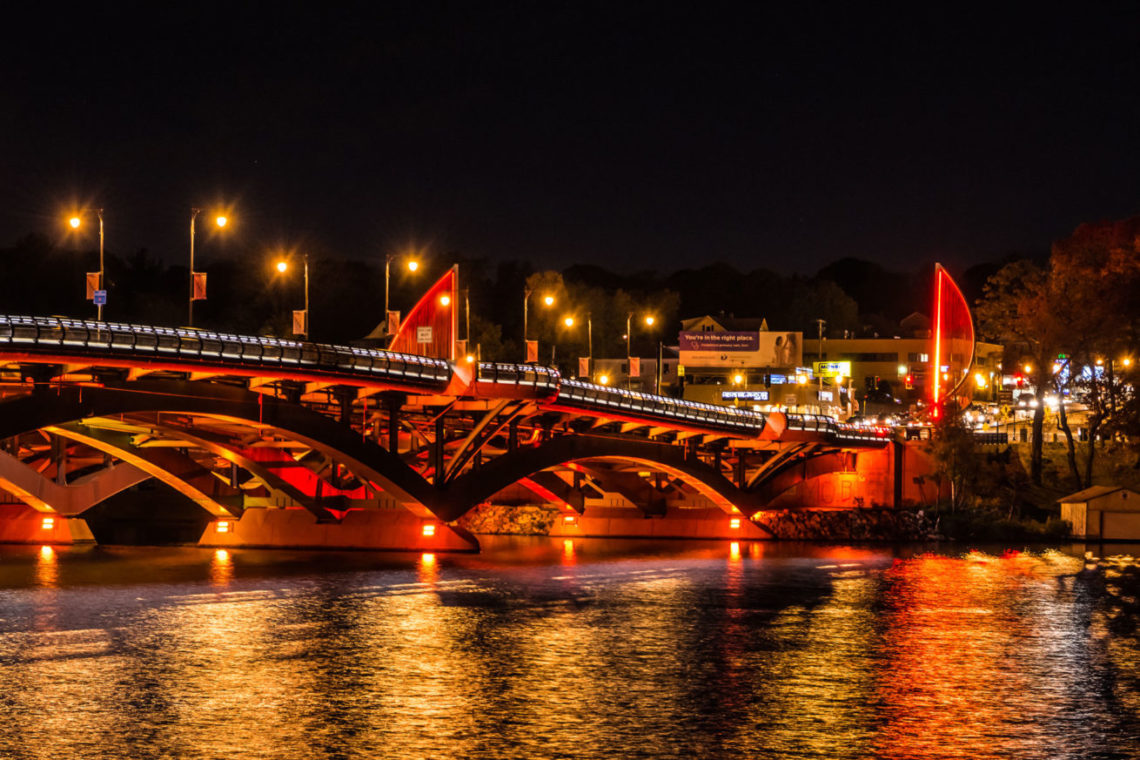
Burns Memorial Bridge
The Kenneth Burns Memorial Bridge is a historic bridge crossing into Worcester above Lake Quinsigamond. The original seven span structure was built in 1916 and served as a valuable connection between Worcester and Shrewsbury. This bridge also carries Route 9, which serves as an important traffic route between Worcester, Framingham, and Boston, ensuring the longevity of this vital connection to the eastern regions of the state.
The project was undertaken to correct structural deficiencies resulting from both the bridge’s age and an increase in vehicle transit over time. Additionally, the original bridge lacked both bike and pedestrian accessibility.
Construction began on the project in late 2012 with primary construction of the new bridge structure ending in November 2015. This project had a construction contract value of $110,358,103 and utilized a design-build methodology calling for cooperation between project designers TranSystems and construction contractors Middlesex Corporation. Throughout the project’s duration, limited transit was maintained across the original and later the new bridge. The bridge was erected under the Massachusetts Department of Transportation Accelerated Bridge Program with 80 percent of necessary funds coming from federal sources. With the bridge currently serving over 53,000 vehicles per day, the project represents one of the largest and most important undertaken by ABP.
The bridge itself spans 870 feet in length and 143 feet in width, with further increases in bridge arch height and width to accommodate sailboat traffic on the lake below. The new structure features a widened deck to both accommodate increasing vehicle traffic (three transit lanes per side), as well as allowing space for greater pedestrian safety and multimodal uses. Amongst many other improvements to pedestrian and road safety, the new design includes fully ADA compliant pedestrian walkways, bicycle lanes, widened shoulders for emergency vehicles and dedicated turn lanes which help prevent vehicle-pedestrian collisions.
Read additional stories from this state:


